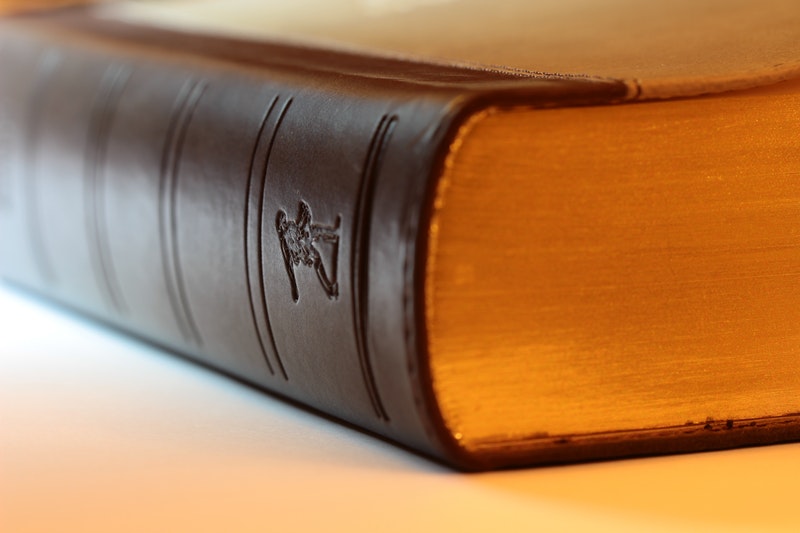Article by: Stephanie Greenberg of Greenberg & Sinkovits, LLC
Background on Maintenance
Maintenance, formerly known as Alimony, is an amount payable by one spouse to the other, based on each party’s respective income. The purpose of alimony is to place the parties on a level playing field as best as possible and minimize the impact of the divorce on the spouse earning less. Prior to 2015, Courts awarded maintenance taking into consideration various factors which included, but were not limited to: the income and property of each party, the needs of each party, the earning capacity of each party, the duration of the marriage, and the standard of living established during the marriage. Under this model, Judges had wide discretion on awarding maintenance which resulted in maintenance awards being very inconsistent
Beginning in 2015, the legislature revised the maintenance laws and came up with a calculation for the courts to use when determining whether to award maintenance to one party, how much to award, and for how long. The formula applies to spouses who earn a combined annual income of $250,000 or less. However, the courts can elect to apply the formula for higher earning couples as well.
To calculate the amount of maintenance one spouse will receive, you take 30% of the gross income of the person paying the maintenance and subtract 20% of the gross income of the spouse receiving the maintenance. For instance, a Husband who earns $150,000 and Wife who earns $50,000 per year would have a maintenance calculation as follows: (30% of $150,000 = $45,000. 20% of $50,000 = $10,000. $45,000 – $10,000 = $35,000). In this situation, the yearly maintenance award would be $35,000. However, there is one final step in calculating maintenance. The spouse receiving maintenance cannot end up with more than 40% of the combined gross income of the parties. Therefore, in the above situation, the parties combined earn $200,000 per year. 40% of $200,000 is $80,000. Since the wife would be receiving $35,000 per year, this is far below 40% of the gross income of the parties and this would be an appropriate maintenance award.
Beyond whether to award maintenance and the amount to award, courts also need to determine the duration of the maintenance award. Generally, if parties were married 0-5 years, maintenance would be set at 20% of the length of the marriage. So for a 4 year marriage, a spouse would receive 8 months of maintenance. A marriage lasting more than 20 years is subject to permanent maintenance.
Changes to Maintenance in 2018 and 2019
In 2018, the legislature determined that the maintenance calculation outlined above should apply to families earning $500,000 or less instead of the $250,000 or less threshold. Additionally, the duration of maintenance changed. Under the new law, the duration of maintenance payments are generally shorter, although this is not always the case.
Even more changes will be coming in 2019. Up until January 1, 2019, maintenance was tax deductible to the paying spouse. However, come January 1, 2019, this will no longer be the case and the spouse paying maintenance will not be able to deduct the amount on their taxes. This will impact both maintenance and child support significantly. Prior to this law going into effect, the paying spouse may have agreed to a higher maintenance payment in order to settle a case knowing that it was tax deductible to them. Once this benefit goes away, we may see maintenance issues lead to more litigation. Additionally, child support is based off of the net income of both parties. If maintenance is no longer tax deductible to the paying spouse, that spouse will have a lower net income thereby decreasing their child support payments.
*The information contained in this article is general information. You should always contact an attorney to discuss your specific situation.
Sources:
750 ILCS 5/504
Spousal maintenance guidelines become law in Illinois, Mark S. Matthewson, https://www.isba.org/iln/2014/08/18/spousal-maintenance-guidelines-become-law-illinois
Content provided by Women Belong member Stephanie Greenberg







































 Why Heroine?
Why Heroine? Women Belong Book Club: The Heroine's Journey
Women Belong Book Club: The Heroine's Journey Women Belong Progressive Networking Lunch - Glenview IL
Women Belong Progressive Networking Lunch - Glenview IL Introductions - Members Only
Introductions - Members Only Connections - ZOOM Networking Event
Connections - ZOOM Networking Event